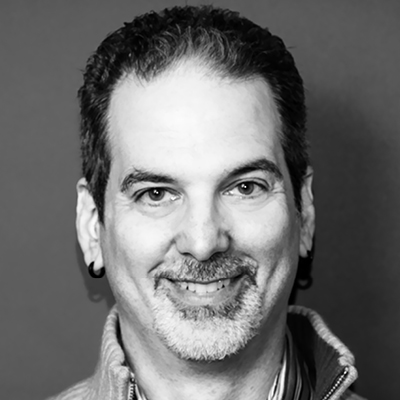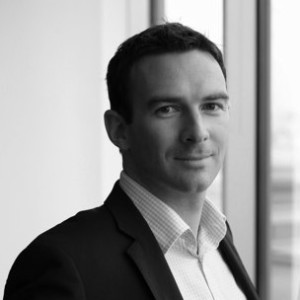BLOG
A Modern Model for Organizational Transformation
It’s time to look deeper into your organization’s DNA, mind, body and soul.
Everyone acknowledges that orchestrating organizational change is a crucial component of successful business transformations, so why is it always the Achilles heel?
Digital Transformation
Many organizations have struggled to meet the challenges of the new millennium, where stakeholder and customer needs and demands have changed dramatically and new market entrants continually threaten disruption. Companies need to ask themselves the following:
- “What would our organization look like if it had been designed in the last 10 or 20 years?”
- “In what different ways might an organization like that create value?”
- “What customers would it serve and how?”
- “How might you work backwards from that vision to build a roadmap for bringing your digitally transformed organization to life, properly leveraging the assets and value they already have in hand?”
Customer-led Transformation
No matter how digital organizations become in the new millennium, it will still be humans who ultimately run the organization. Many organizations – some digitally native and some not – understand and treat their humans well. But we’ve also observed that some of those companies have lost track of some equally important humans outside of their organization: their customers! The products, services and experiences they are offering are frustrating the very people who will ultimately determine the survival of the business.
These organizations need to change dramatically to continue to have relevance in the marketplace. They need to inculcate a customer-centric mindset and identify if skills gaps are preventing them from creating more relevant products and experiences. They need to understand where and how their operating model might need to change to support the kinds of pivots and adaptations needed to reconnect with customers and other important stakeholders.
Prophet’s Human-Centered Transformation Model™
We view all organizations as a macrocosm of the individual: having a collective DNA, Body, Mind and a Soul. An organization’s culture needs to be understood as a holistic ecosystem and successful transformation today requires leaders to think about every aspect of this ecosystem.
DNA
The DNA is comprised of things that provide direction and tend to change infrequently. The elements that define the destination and direction of travel such as the corporate purpose, values, brand, strategy and employee value proposition.
Soul
It is the elements of the Soul which motivate employees to believe in the DNA. Those are the mindsets and the daily behaviors and ways of working those mindsets motivate; and it’s the stories and symbols that are used to signpost what an organization will and will not embrace.
Mind
The skills and capabilities of an organization’s talent are the Mind of the organization and when properly cared for and nurtured, enable goals to be achieved.
Body
The Body is how collective efforts can be directed. It’s the operating model and organizational design, and the governance, processes, systems, and tools which enable it to cohere.
We debuted this model in our 2019 research report titled Catalysts: The Cultural Levers of Transformation where we identified fundamentals and accelerators for cultural change and then in our 2020 follow-on report, Catalysts in Action: Applying the Cultural Levers of Transformation, we identified helpful pathways to initiate large-scale change based on primary organizational roadblocks.
“An organization’s culture needs to be understood as a holistic ecosystem and successful transformation today requires leaders to think about every aspect of this ecosystem.”
Why We Use the Model
Transformations frequently stumble on cultural roadblocks, which is best expressed in the time-honored truism attributed to legendary business theorist Peter Drucker: “Culture eats strategy for breakfast.”
We apply our Human-Centered Transformation Model™ as a lens for unpacking and refocusing the complexities of organizational and cultural dynamics into specific components that can be more easily digested, explored and understood.
We believe that our model’s holistic nature enables us to look clearly at all the interrelated elements that ultimately manifest in the experience of an organization’s culture. It ensures that our understanding is appropriately layered, helping us to make connections between the explicit and implicit elements that sometimes go undiscussed. Most importantly, it supports nuanced diagnoses of organizational challenges and helps us to design a clear roadmap for change, against which progress can be measured.
If you’d like to discuss your transformation, be it digital or customer-led, then our expert team can help. Contact us today.
FINAL THOUGHTS
The Human-Centered Transformation Model™ helps us think comprehensively about the vision for a digitally transformed organization, the skills and competencies it requires and how to design an operating model that will bring it to life. It helps us think comprehensively about increasing customer centricity, identifying the capabilities needed to create more relevant products and services and how to design an operating model that will enable increased focus on the marketplace. And our experience is that by failing to address the elements of the model holistically, the transformation will not be sustained, nor deliver the value anticipated.


